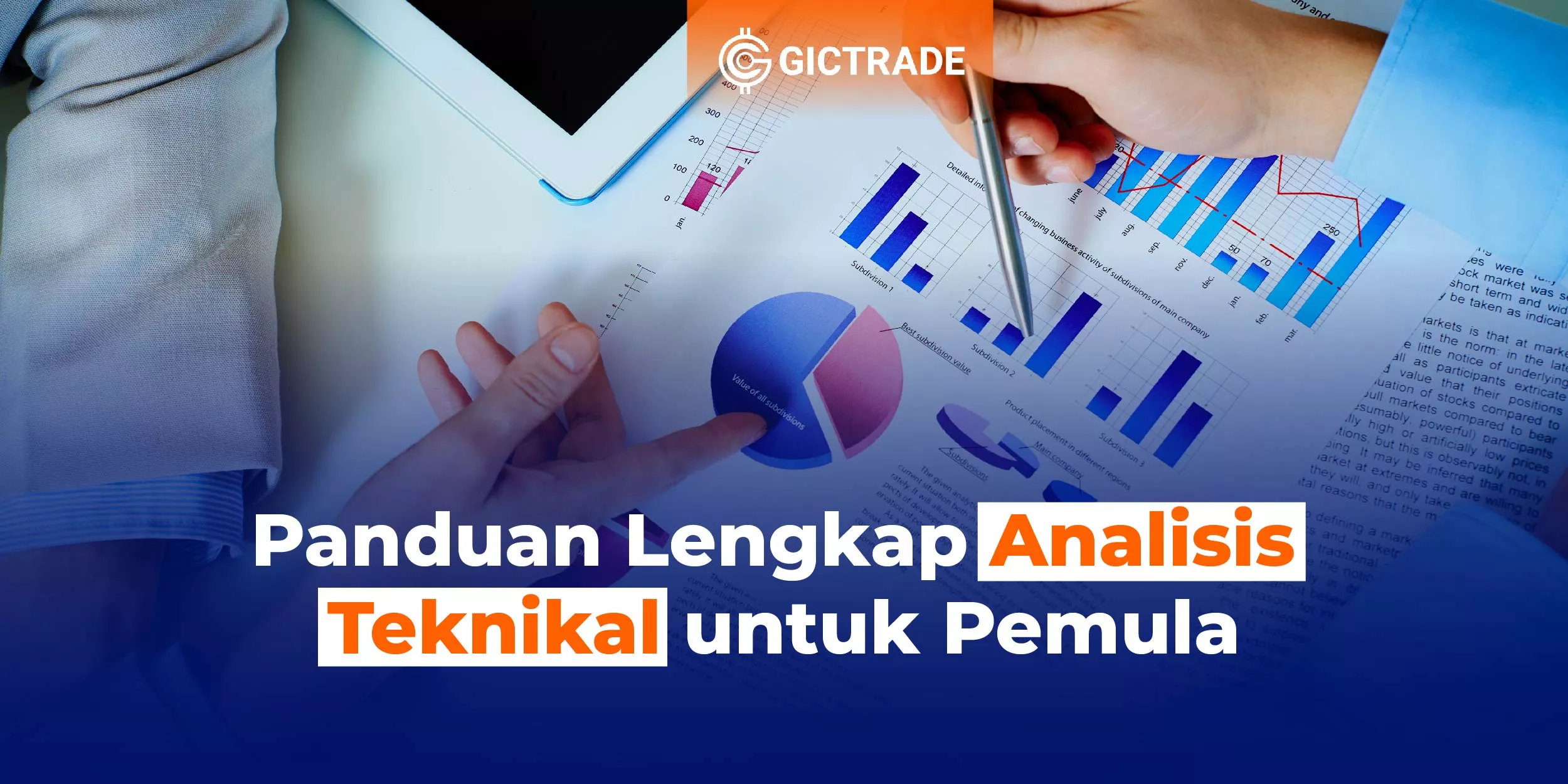Welcome to the complete technical analysis guide for beginners! If you’re just entering the world of stock, cryptocurrency, or other financial asset trading, you're in the right place.
Technical analysis is a powerful method for understanding market behavior by studying historical price and volume data. In this guide, we’ll walk you through the basics of technical analysis, provide insights into key tools and indicators, and outline strategies that can help you make smarter trading decisions.
What is Technical Analysis?
Technical Analysis is an approach to trading and investing that focuses on studying past price movements and volume to predict future price movements.
It is based on the assumption that history tends to repeat itself, and certain patterns in price movements can provide clues about what may happen next. Technical analysis uses charts and indicators to identify trends, support and resistance levels, and potential reversal points.
Why is Technical Analysis Important?
Technical analysis for beginners offers valuable and different insights into the market. It can help you identify short-term and long-term trends, which are crucial for making informed trading decisions.
By understanding concepts like support and resistance, you can determine where prices might reverse or continue their trend. Technical analysis also helps you manage risk better, as you can set stop-loss levels based on chart patterns and indicators.
Basics Technical Analysis Policies for Beginners

Understanding Candlesticks
Candlesticks are one of the most commonly used charting forms in technical analysis. They provide information about price movements over a specific time period. Each candlestick has a "body" that represents the range between the opening and closing prices, and "wicks" that indicate the range between the highest and lowest prices.
Support and Resistance
Support is a price level at which an asset tends to stop falling and start rising. Resistance, on the other hand, is a price level at which an asset tends to stop rising and start falling. Identifying these levels can help you determine when to buy or sell.
Technical Indicators
Technical indicators are mathematical formulas applied to price or volume data to provide additional information about price movements. For example, the RSI (Relative Strength Index) is an indicator that measures how overbought or oversold an asset is.
Key Tools and Indicators in Technical Analysis
Moving Average
Moving Average is an indicator that calculates the average price over a specific period. It helps you identify trends by smoothing out daily fluctuations.
MACD (Moving Average Convergence Divergence)
MACD is an indicator that combines two moving averages to identify trend changes. It can also help you spot potential reversal moments.
Bollinger Bands
Bollinger Bands are an indicator that helps measure market volatility and identify whether an asset is overbought or oversold.
Technical Analysis Strategies for Beginners
Trend Following
This strategy involves identifying ongoing trends and following their direction. This can be done by observing moving averages and chart patterns.
Breakout Trading
Breakout trading involves entering a trade when the price breaks through a support or resistance level. This indicates the potential for significant price movement.
Diversity of Indicators
Combine multiple indicators to gain stronger confirmation of trends and optimal trading moments.
Confused About Finding a Trading Platform That Offers Education from Scratch? Join Trading at GIC!

GIC offers services to help beginners fully understand the world of trading. This service is known as GIC Academy. GIC Academy is a comprehensive educational system in Indonesia that covers learning from start to finish, involving professional educators in the futures market. The services provided include:
- A digital education platform through the GICTrade YouTube channel.
- Workshops with professional educators.
- Group education classes via Telegram.
- A VIP group for daily analysis and signals.
Benefits include:
- A comprehensive solution for learning forex trading from the basics.
- A variety of educational content.
- A range of educator options.
- Class fees starting from zero Rupiah.
GIC Academy Products
Beginner Class
For those just starting as traders, there’s an option to access trading education through videos on the GIC YouTube channel at no cost. Here, you’ll gain an understanding of basic trading concepts. Additionally, you have the opportunity to read educational articles for beginner class participants on the GIC website.
Advanced Class
If you’re a trader seeking deeper insights and want to learn with a mentor, you can try GIC's advanced class services. These classes are held twice a week via Zoom Meetings. You can register and check the schedule through GIC's official Instagram account. In addition, supporting reading materials for advanced traders are also available on the GIC website.
Professional Class
This class is for individuals who want more intensive learning with a mentor. The approach is more hands-on, including live trading exercises with a deposit. If you’re interested in enrolling, you can contact the Admin through the link provided in the Instagram bio (@GICTrade). Similar to the beginner and advanced classes, there are also supporting reading materials for professional class learners on the GIC website.
FAQ
Difference between technical and fundamental analysis?
Technical analysis focuses on past price movements and chart patterns, while fundamental analysis evaluates economic factors, news, and company conditions.
How long should i study technical analysis before trading?
Learning time varies, but understanding the basics may take a few weeks to months.
Is technical analysis suitable for all assets?
It’s most commonly used in stock and cryptocurrency trading but also applies to commodities, forex, and other financial assets.
Do i need to follow all indicators?
No need. Choose indicators that align with your trading style and goals.
Is technical analysis always accurate?
No method is foolproof; technical analysis informs decisions, but risk is always present.
Where can i learn more?
Numerous online resources, books, and courses can help deepen your understanding of technical analysis.
Conclusion
This guide offers a comprehensive overview of technical analysis for beginners. From basics to more complex tools and strategies, you now have the knowledge needed to begin understanding and applying technical analysis.
Remember, consistent practice, continued learning, and deep understanding will help you become a better trader over time.
 Last:
Last: 






